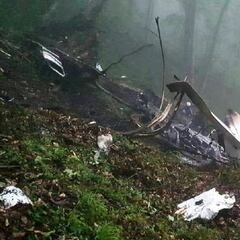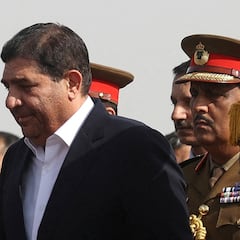What happened to the last Shah of Iran?
After the fall of the last monarch of Iran in 1979, the new government pivoted away from the US and its allies.


Mohammad Reza Pahlavi, the last Shah of Persia, reigned for 37 years before a dramatic downfall in the 1979 Iranian Revolution. His story is one of ambition, repression, and revolution.
Inheriting the throne from his father, Reza Shah Pahlavi, in 1941, Mohammad Reza faced a tumultuous time. The Second World War saw Iran occupied by Allied forces, but the Shah managed to retain his position. Following the war, he embarked on a series of ambitious reforms known as the “White Revolution.” These aimed to modernise Iran’s economy and social structure, including land reform, women’s suffrage, and industrial development.
The Shah’s modernisation efforts were fueled by a desire to transform Iran into a regional power. He fostered close ties with the West, particularly the United States, and used oil revenues to fund rapid military expansion. In 1953, as US-backed coup toppled the elected government, handing even more power to the Shah.
However, these policies came at a cost. The land reform, while intended to empower peasants, fueled rural discontent as traditional methods of governance were broken up. Rapid industrialisation created wealth disparities and contributed to a sense of alienation among the urban poor. Additionally, the Shah’s increasingly authoritarian rule and lavish lifestyle alienated the religious establishment and middle class.
By the 1970s, simmering discontentment boiled over. Opposition groups, including Islamists led by Ayatollah Ruhollah Khomeini, denounced the Shah’s Westernisation efforts and his alliance to the US. Mass protests erupted in 1978, fueled by economic hardships and a growing sense of social injustice. Facing mounting pressure and a crumbling regime, the Shah fled Iran in January 1979, marking the end of over 2,500 years of monarchical rule.
The Shah’s remaining years were spent in exile, seeking medical treatment for cancer in various countries. His presence in the US became a major point of contention during the Iran hostage crisis, where militants seized the US embassy demanding his return. He eventually died in exile in Egypt in 1980.
The legacy of Reza Pahlavi
Related stories
The Shah’s legacy remains a subject of debate. He is credited with modernising Iran’s infrastructure and laying the groundwork for its future economic development. However, his authoritarian rule and his perceived disregard for the needs of ordinary Iranians ultimately led to his downfall.
The Iranian Revolution ushered in a new era, but the tensions between tradition and modernization that plagued the Shah’s reign continue to shape Iran’s complex political landscape today.

